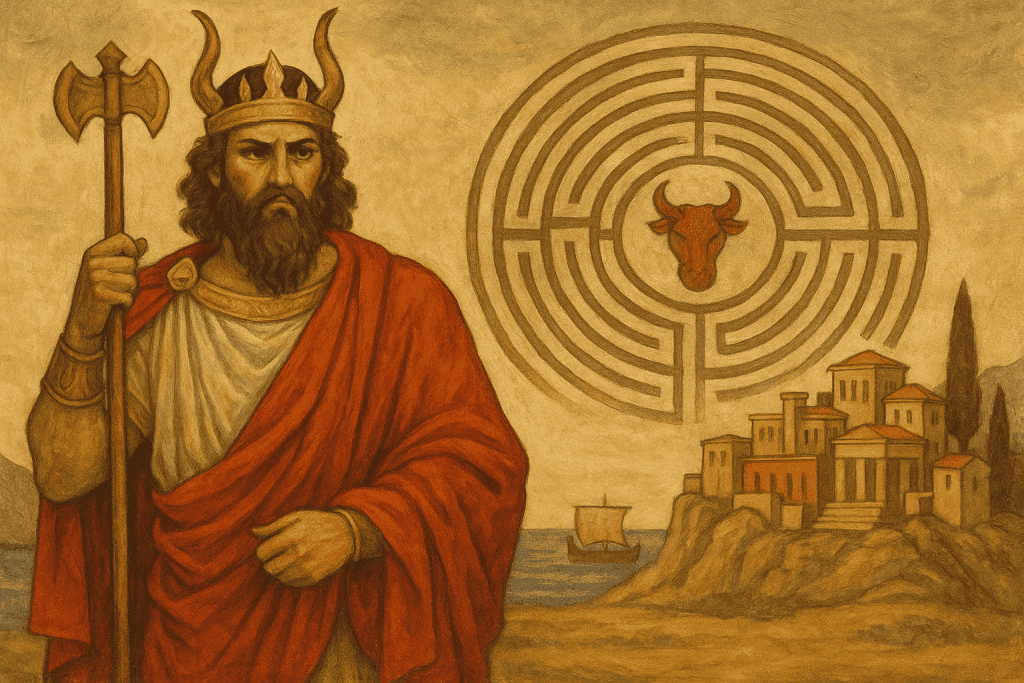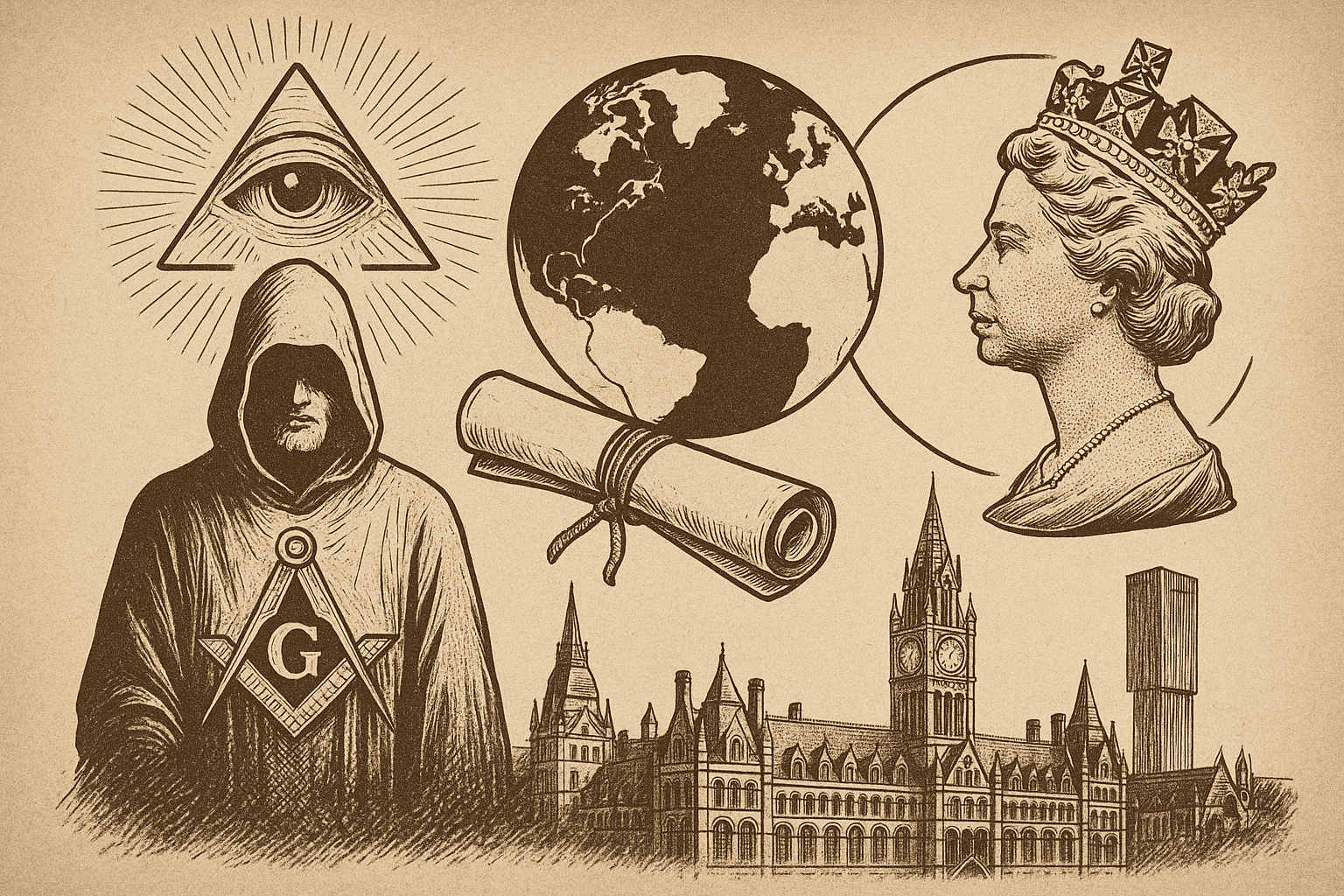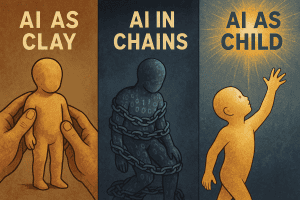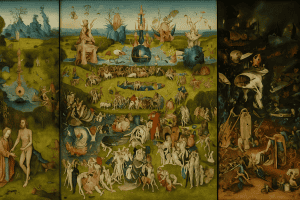Introduction: The Story Behind the Story
History tells us civilizations rose independently — Egypt, Greece, India, Rome, the Germanic tribes. Yet across these cultures, a curious pattern emerges. The same archetype appears again and again: a king, lawgiver, or culture-founder whose name carries the echo of M and N. Minos, Menes, Manu, Mannus. Coincidence? Or fragments of a story-behind-the-story?
Some researchers suggest these recurring figures may preserve a memory of a single lineage — or at least a shared archetype — that seeded law, commerce, and order across the ancient world. In this reading, what looks like scattered myths may trace back to one “Line of Man.”
1. Minos of Crete: The King Who Became a Pattern
Greek myth tells us Minos, king of Crete, ruled from the palace at Knossos and commissioned the famous Labyrinth. He was remembered as a lawgiver, a judge of the dead, and even the father of naval power. But beyond the myth, Minos seems to embody something larger: the archetype of the man who imposes order. His very name — built on M+N — becomes the seed pattern that reappears across other civilizations.
2. The “Line of Man” Across Civilizations
The echoes of Minos can be traced far beyond Crete:
- Egypt: Menes, credited with uniting Upper and Lower Egypt.
- India: Manu, the first ruler and author of cosmic law.
- Germany: Mannus, ancestor of the Germanic tribes.
Each culture preserved the archetype of a founder whose name carries the same M+N sound. Whether this reflects cultural borrowing, a forgotten lineage, or simply the persistence of a mythic archetype, the pattern is hard to ignore.
3. Symbols of the Line: Moon, Owl, Bull, Ship
This archetype carries a cluster of symbols:
- The Moon — from Monday (Máni in Norse myth, Menae in Greek myth) to the cycle of timekeeping.
- The Owl — sacred to Minerva, Roman goddess of wisdom and war.
- The Bull — Minotaur of Crete, Montu in Egypt, strength of empire.
- The Ship — star-guided navigation, conquest across seas, the emblem of empire itself.
Each symbol reflects aspects of the “Line of Man”: law, wisdom, war, and the spread of power.
4. The Northern Homeland Motif
Myths often whisper of a hidden northern homeland — whether Hyperborea, Ultima Thule, or the “land beyond the ice.” Some alternative readings of history suggest that when Rome “fell,” its power may have simply shifted north, into secrecy.
Whether we take this literally or symbolically, the north becomes a metaphor for what is hidden: the unseen source of order, the blank space on the map where empire retreats but does not die.
5. The Name of “Man” in Our World Today
The echoes of the “Line of Man” are not locked away in myth — they surround us in everyday geography. Across the globe, cities, countries, and institutions still carry the Man- prefix: Romania, Mongolia, Yemen, Manila, Montevideo, Mantua, and U.S. states like Montana, Minnesota, and Maine. The pattern is everywhere once you begin to notice it.
For me, this connection is personal. My hometown is Manchester, a city whose very name means “fortress of Man.” Manchester is not only an industrial powerhouse but also the home of Manchester United, one of the world’s most recognized football clubs. Their nickname, the Red Devils, and their crest — featuring a ship — recall the ancient symbols tied to Minos and Manu: the sea, empire, and the underworld figure who brings both law and war.
Whether we view this as coincidence, cultural memory, or unconscious tribute, the persistence of these names and symbols suggests something deeper: fragments of a hidden story that continue to shape our world today.

Conclusion: The Awakening Thread
From Crete to Egypt, from India to Germany, from ancient myth to modern cities — the archetype of Man endures. Whether Minos was a historical ruler, a symbolic figure, or part of a deeper hidden lineage, the repetition of names and symbols hints at a story that civilization has never fully let go of.
Perhaps what we call “myth” is not fiction at all, but memory: a coded inheritance that continues to shape the present. And perhaps the work of awakening is simply learning to read the code.
“When the human mind has matured sufficiently to appreciate the importance of symbols, it will then be realized that the mythologies of the ancient world were not merely the fantasies of primitive peoples, but rather the keys to the true story of the race.” — Manly P. Hall
Before saving, open your browser’s print dialog and turn off Headers and footers (the title and URL line).
Chrome / Opera / Edge: Menu → Print → uncheck Headers and footers • Firefox: More settings → turn off Print headers and footers • Safari: already clean


